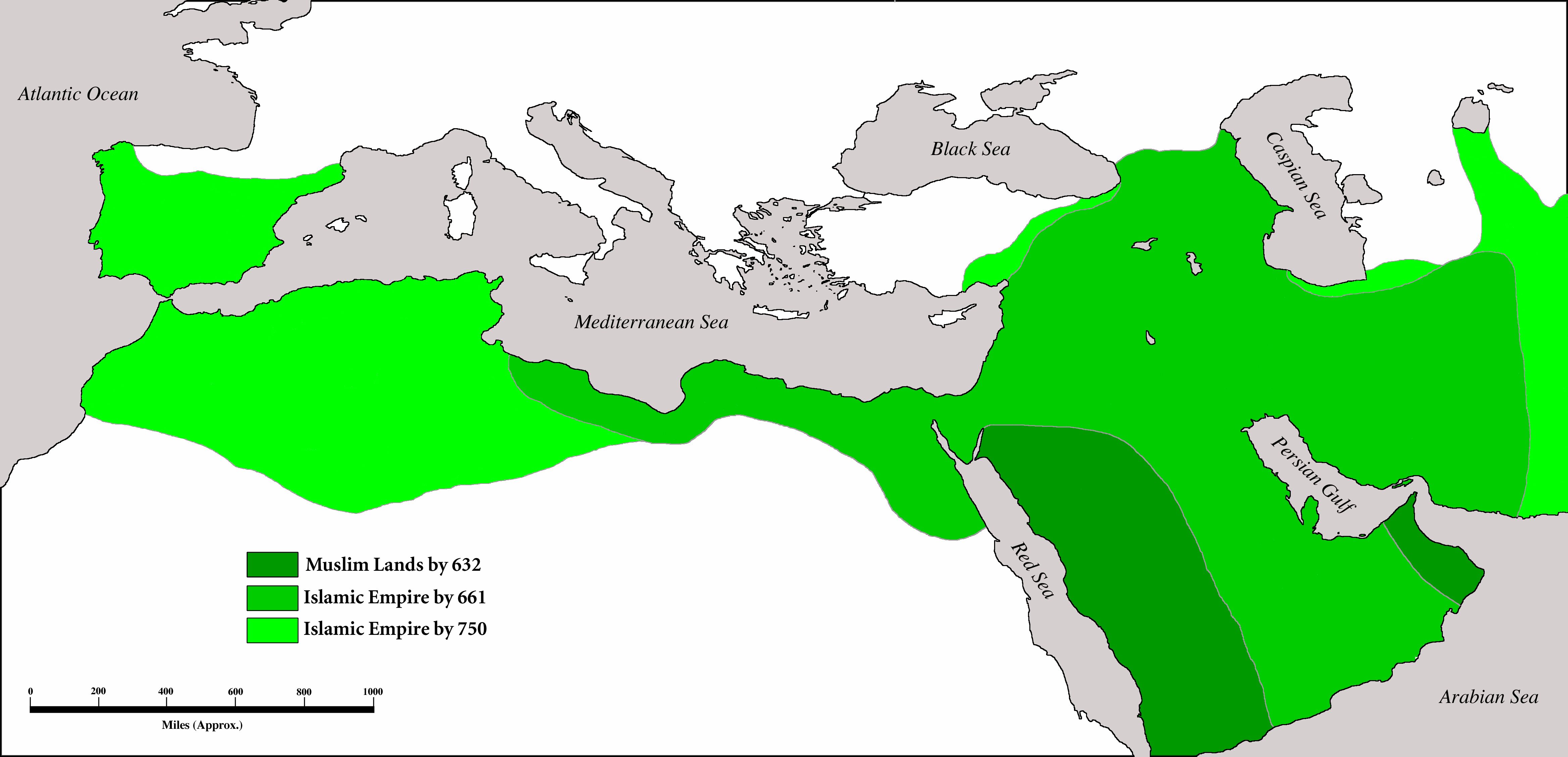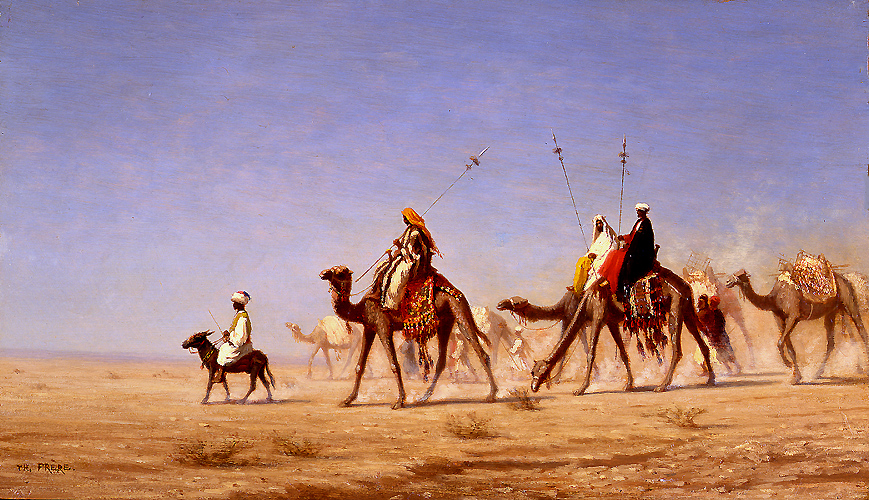King Henry VII is know for being an especially cruel, arrogant, hypocritical, unwise, and monstrous leader. He was born June 28, 1491 to King Henry VII and Elizabeth of York. After his older brother Arthur Prince of Whales died, Henry became sole heir to the throne and married his dead brothers widow Catherine of Argon. On June 28, 1509 Henry VIII became the second Tudor king of England. In total, King Henry VIII had six wives that ended in divorce or death.After he married Anne of Cleves and divorced her, he murdered his trusted adviser whom told him to marry her. After he divorced and slaughtered his second wife, noble-woman Anne Boleyn, he was excommunicated from the Catholic Church. After being excommunicated he became Protestant. He abolished monasteries and founded the Church of England. Aside from his many wives, King Henry VII is known for invading France. The army was defeated in the Battle of Flodden Field by his brother-in-law King James IV. Overall, the invasion of France proved to be both a waste of money and very unsuccessful. After he died on the 28th of January in 1547 he was succeeded by his Son Edward, and after he died, his sister Elizabeth I.
King Henry VII was very important in the history of England because of his Religious Changes as well as his military decisions. After his excommunication and the divorce/execution of Anne Boleyn King Henry VII, once a very religious Catholic, converted to become a Protestant. Then, he made himself head of the Church of England and got rid of all English Monasteries. This meant that England now had a new religion that would greatly influence its history and culture. Also, his military defeats would prove to be a waste of the Empire's resources; consequently this hurt the nations economy. In conclusion, the shift in religious power and foolish military conquests would be King Henry VIII's lasting effect on England.
Works Cited:
King Henry VII was very important in the history of England because of his Religious Changes as well as his military decisions. After his excommunication and the divorce/execution of Anne Boleyn King Henry VII, once a very religious Catholic, converted to become a Protestant. Then, he made himself head of the Church of England and got rid of all English Monasteries. This meant that England now had a new religion that would greatly influence its history and culture. Also, his military defeats would prove to be a waste of the Empire's resources; consequently this hurt the nations economy. In conclusion, the shift in religious power and foolish military conquests would be King Henry VIII's lasting effect on England.
Works Cited:
- "BBC - History - King Henry VIII." BBC - Homepage. BBC, 2011. Web. 19 May 2011. <http://www.bbc.co.uk/history/historic_figures/henry_viii_king.shtml>.
- "King Henry VII." Elizabethan-Era.org. Web. 19 May 2011. <http://www.elizabethan-era.org.uk/king-henry-viii.htmfather>.
- "Henry VIII." TudorHistory.org. 7 Sept. 2007. Web. 19 May 2011. <http://tudorhistory.org/henry8/>.
- http://home.comcast.net/~kenconway/images/henry.jpg













